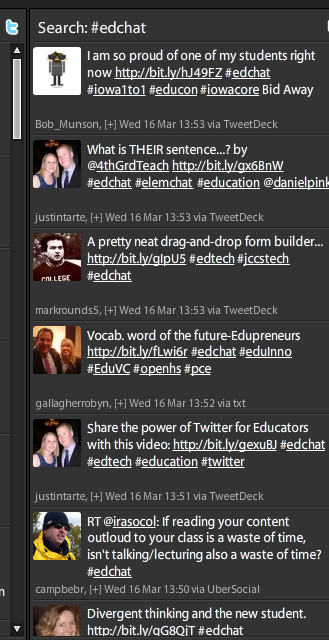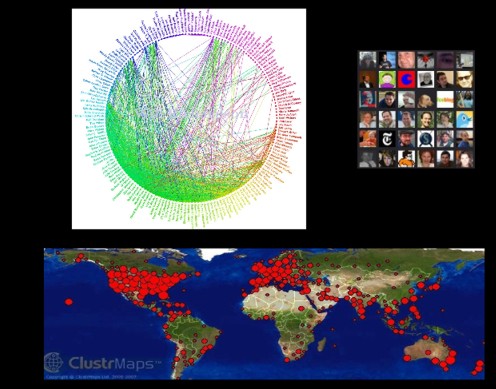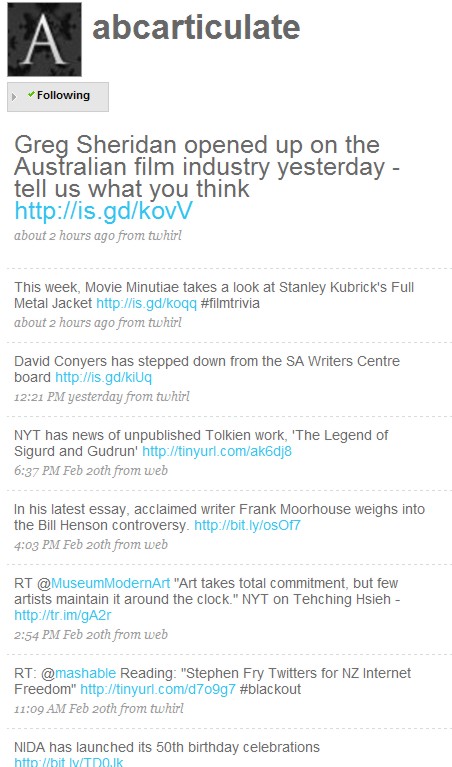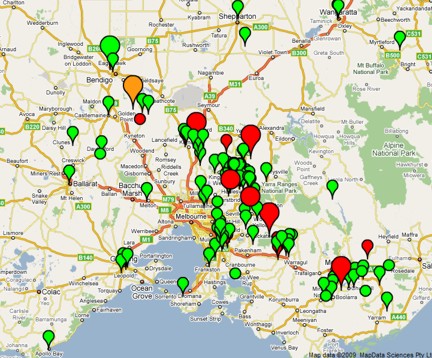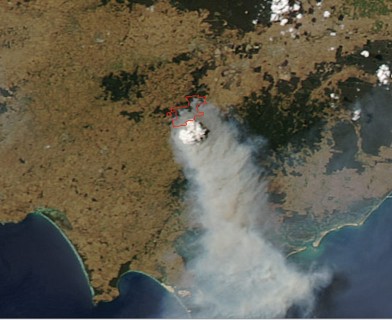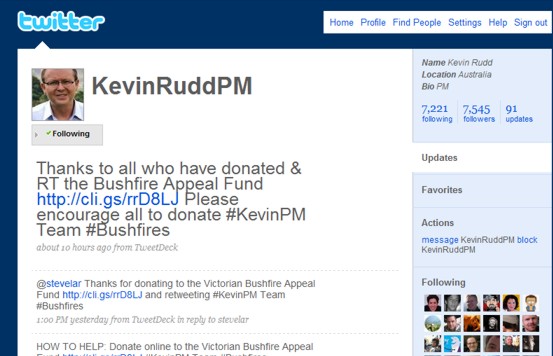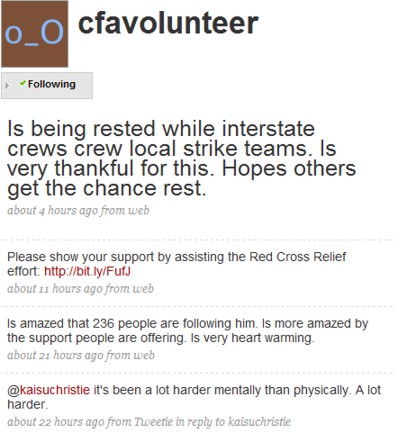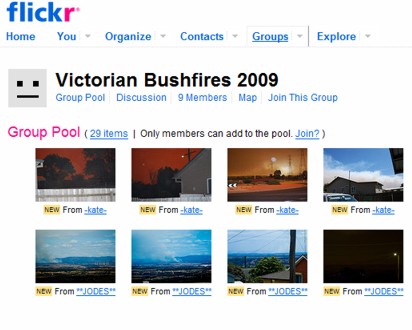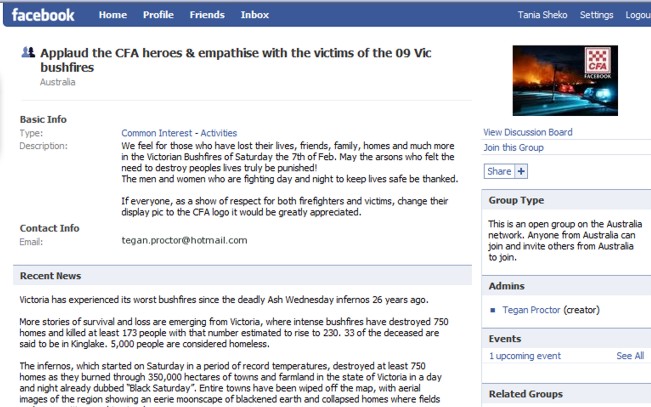Our school is in the process of an external review. As learning enhancement coordinator, I was reviewed as part of a small group which included the learning support and transition coordinators. During our meeting the reviewers focused on the NAPLAN results, and asked us how we used this data. We were encouraged to drill down into specific data which would allow us to address the specific issues. For example, if our students’ weaknesses were revealed in the area of writing, we would make it our business to find out if the weakness resided in the mechanics of writing, the critical thinking component, etc.
At some point during the meeting I started thinking about how we came to put so much emphasis on NAPLAN testing, and if we had any other criteria with which to evaluate our teaching. Surely there were more contemporary skills to base our assessment on – beyond spelling, grammar, numeracy, reading and writing? It’s pretty obvious that, although all these things are important, we’ve come a long way in terms of essential skills in the last few years.

Just look at The Horizon Report. Its discussion of technology adoption highlights critical challenges, and these include digital media literacy, new scholarly forms of authoring, publishing and researching (eg blogs and networked presentations). These trends and challenges are indicative of ‘the changing nature of the way we communicate, access information, connect with peers and colleagues, learn and even socialise’.
And yet how many schools are engaging in conversation about these challenges? Or are they still looking at spelling, reading and writing. During our meeting I was disturbed to hear educators blame the introduction of one-to-one notebook computers for the decline in writing standards. Don’t get me started on that.
Back to my original point – who looks at the Horizon Report in schools? At best it’s read as an interesting or challenging extra piece of information. Is it too challenging? Considered irrelevant? Too far from what we are doing so we just put it away since it isn’t seen as crucial to learning and teaching? Or is it that we refuse to acknowledge how ubiquitous technology has become and think we can prevent the adoption of things like mobile phones? And yet, The Horizon Report states: “Mobiles enable ubiquitous access to information, social networks, tools for learning and productivity, and much more”.
We are still focusing on the problematic nature of digital and mobile technologies – problematic because they disrupt our orderly, nineteenth century classroom. They create chaos. But we need that chaos, we need to shake up the traditional lessons to re-engage students and help them connect to and take ownership of their learning.
I see the problem residing in the disconnect between school and life. How can students be engaged in an artificial construct which separates knowledge into rigid compartments, knowledge which is delivered in a way which students find foreign and unengaging. Shouldn’t we look at how our students find what they need to know, how they create things, how they organise events within their networks? We still see this as separate from learning. We are convinced that young people’s online socialising is superficial, a waste of valuable time.
Howard Rheingold’s post, How does digital media impact youth political and civic engagement?, says otherwise. Rheingold points toJoseph Kahne‘s very important empirical study about young people’s use of digital media and how it impacts their engagement — or lack of engagement — in civic affairs and politics.
That research, Kahne says in an interview, punctures some core myths about online activism, and strongly indicates that the virtual world nourishes youth engagement in real-world issues.
What we found is that young people were more likely to volunteer offline when they were part of online networks.
The question becomes, how can youth’s embrace of digital media and enthusiasm for the Internet be leveraged for social enterprise and civic engagement?
And I would add, how can youth’s embrace of digital media and enthusiasm for the Internet be leveraged for what happens in terms of teaching and learning at school?
Online, young people are gaining skills … how to work in a group, how to negotiate things, how to get organized, how to organize other people… We also found that their online participation increased their exposure to diverse viewpoints…
How diverse are the viewpoints students are exposed to in the classroom? I really think, not diverse enough. Rather than shut down possibilities for our students to connect outside the classroom out of fear, we could enable connections and guide our students to behave responsibly and maturely. I would even go so far as to suggest that we encourage young people to join specific online groups to broaden their range of experiences. If we take students out on excursions then we could do the same online.
Does anyone teach in a school which formulates its strategic plan while looking at The Horizon Report?
Here’s the full interview with Joseph Kahne taken from Howard Rheingold’s post.
[vimeo 24243522 w=400 h=295]
Does social media and the Internet fuel youth political engagement? from DML Research Hub on Vimeo.


